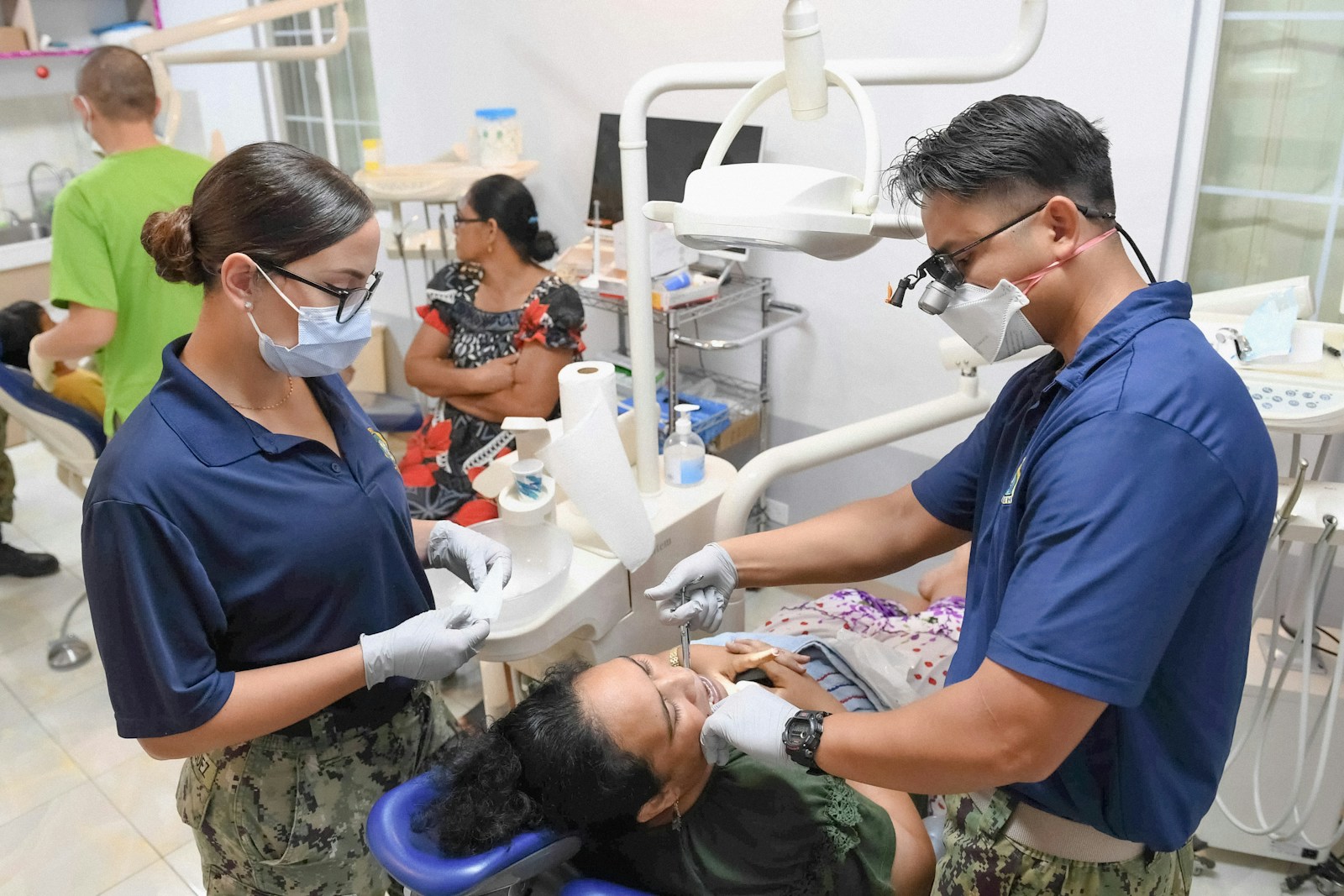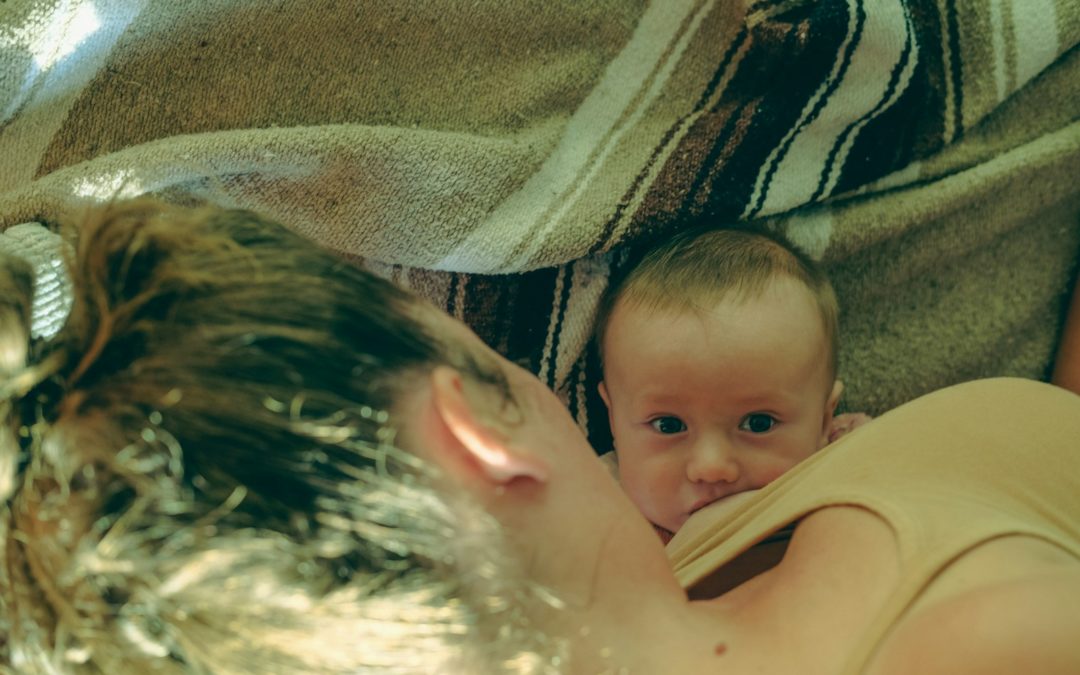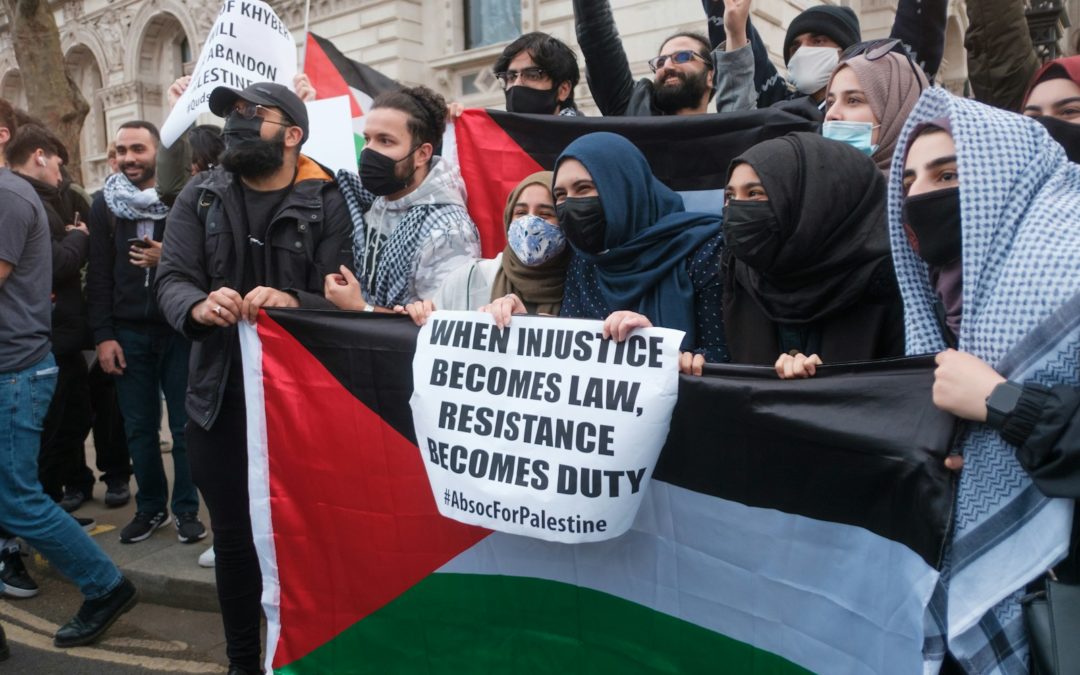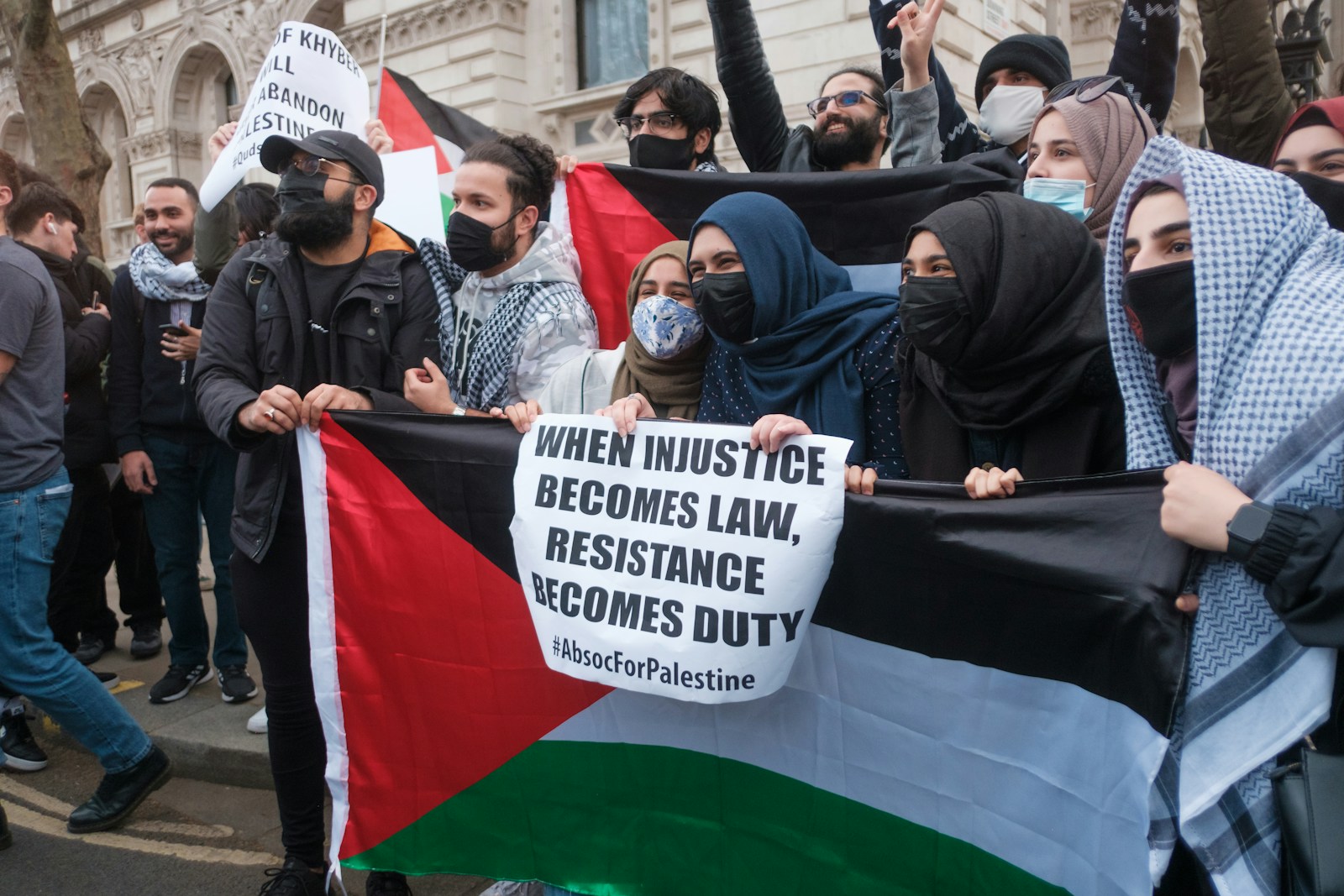As climate change accelerates, its impacts on human health, animal health, ecosystems, and social systems are becoming increasingly interconnected. At the COP30 Satellite Meeting in Belém, Brazil, on November 12, 2025, global experts convened to address these intertwined challenges and underscore the critical role of the One Health approach in mitigating climate change.
Recognizing that climate threats intensify emerging diseases, biodiversity loss, food insecurity, antimicrobial resistance, and social inequities, meeting participants reached a consensus on a set of guiding principles to strengthen One Health governance and integrate it effectively into global climate action.
1. Enhancing One Health Governance for Climate Action
Participants affirmed the need to embed One Health principles into climate strategies at global, national, and local levels. Strengthened governance frameworks must support coordination across human, animal, environmental, and social sectors. This integrated approach ensures that climate action prioritizes proactive mitigation strategies, rather than relying solely on adaptation.
2. Strengthening Global Anti-Epidemic Capacity Through Interface Understanding
The consensus highlighted the importance of deepening our understanding of the human–animal–ecosystem–social interface. By addressing zoonoses, emerging infectious diseases, biodiversity loss, antimicrobial resistance (AMR), food insecurity, and social inequities, particularly those worsened by climate change, countries can significantly bolster global epidemic preparedness and response.
3. Advancing Early Warning Systems and One Health Tools
Experts are committed to improving early warning systems grounded in integrated surveillance. Strengthening tools such as the Global One Health Index (GOHI) and promoting the sharing of best practices will enable timely alerts for climate-related health risks and support preventive, data-driven interventions.
4. Promoting Active Mitigation Strategies
The meeting emphasized shifting from passive adaptation to active climate change mitigation. Reducing hazards at their source, rather than merely reacting to them, is essential for preventing climate-related health risks and protecting communities before crises occur.
5. Facilitating Knowledge Exchange and Best Practice Sharing
Participants advocated for mechanisms and platforms that allow continuous knowledge exchange. Sharing proven One Health practices and case studies from various regions and institutions will strengthen global learning and accelerate the effective implementation of these practices.
6. Building Multisectoral Partnerships
The consensus reaffirmed the importance of multisectoral collaboration. Governments, international organizations, academia, civil society, and the private sector must collaborate to leverage their diverse expertise and resources in advancing the One Health approach within climate mitigation strategies.
7. Developing Consensus-Based Implementation Frameworks
Experts supported the creation of unified, consensus-based frameworks to guide the operationalization of One Health in climate mitigation efforts. These frameworks must align with the Sustainable Development Goals, particularly SDG 3: Good Health and Well-being, to ensure global coherence and accountability.
8. Investing in Research and Innovation
Increased investment in research is essential to deepen understanding of the climate–health nexus. Innovation will be key to developing new solutions that address integrated One Health challenges and support sustainable climate action.
9. Ensuring Equity and Inclusivity
The consensus underscored the need for equity and inclusion. One Health approaches must prioritize vulnerable populations disproportionately affected by climate change and ensure that mitigation strategies do not widen existing disparities.
10. Establishing Monitoring and Evaluation Mechanisms
Robust monitoring and evaluation systems are needed to assess the effectiveness and cost-efficiency of One Health interventions. Continuous evaluation will support adaptive improvements and strengthen evidence-based climate action.
The outcomes of the COP30 Satellite Meeting demonstrate a unified commitment to elevating the One Health approach for climate change mitigation as a global priority. By enhancing governance, strengthening epidemic preparedness, building inclusive partnerships, and investing in innovation, the international community can better protect public health while addressing the root causes of climate risks.
This consensus marks a pivotal step toward integrated, equitable, and sustainable climate solutions, recognizing that the health of people, animals, ecosystems, and societies is inextricably linked to the health of our planet.











Recent Comments